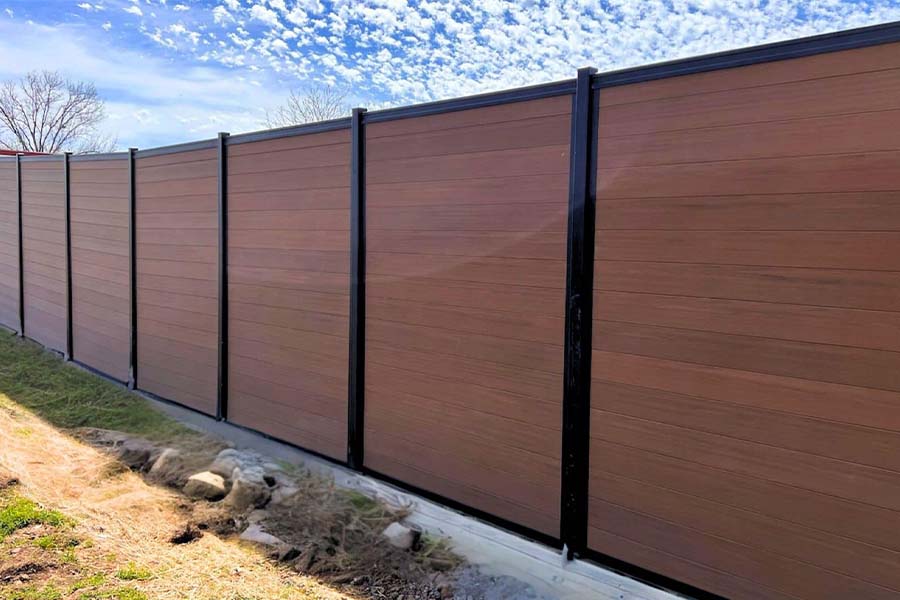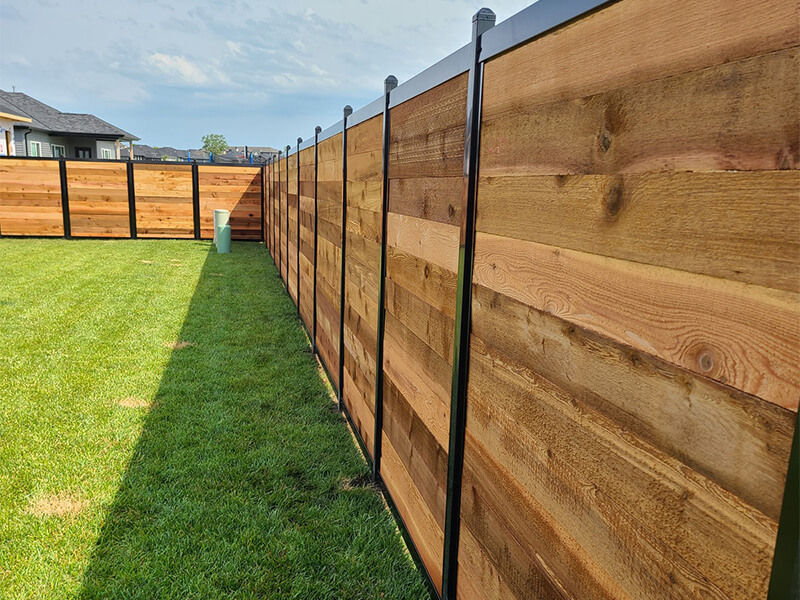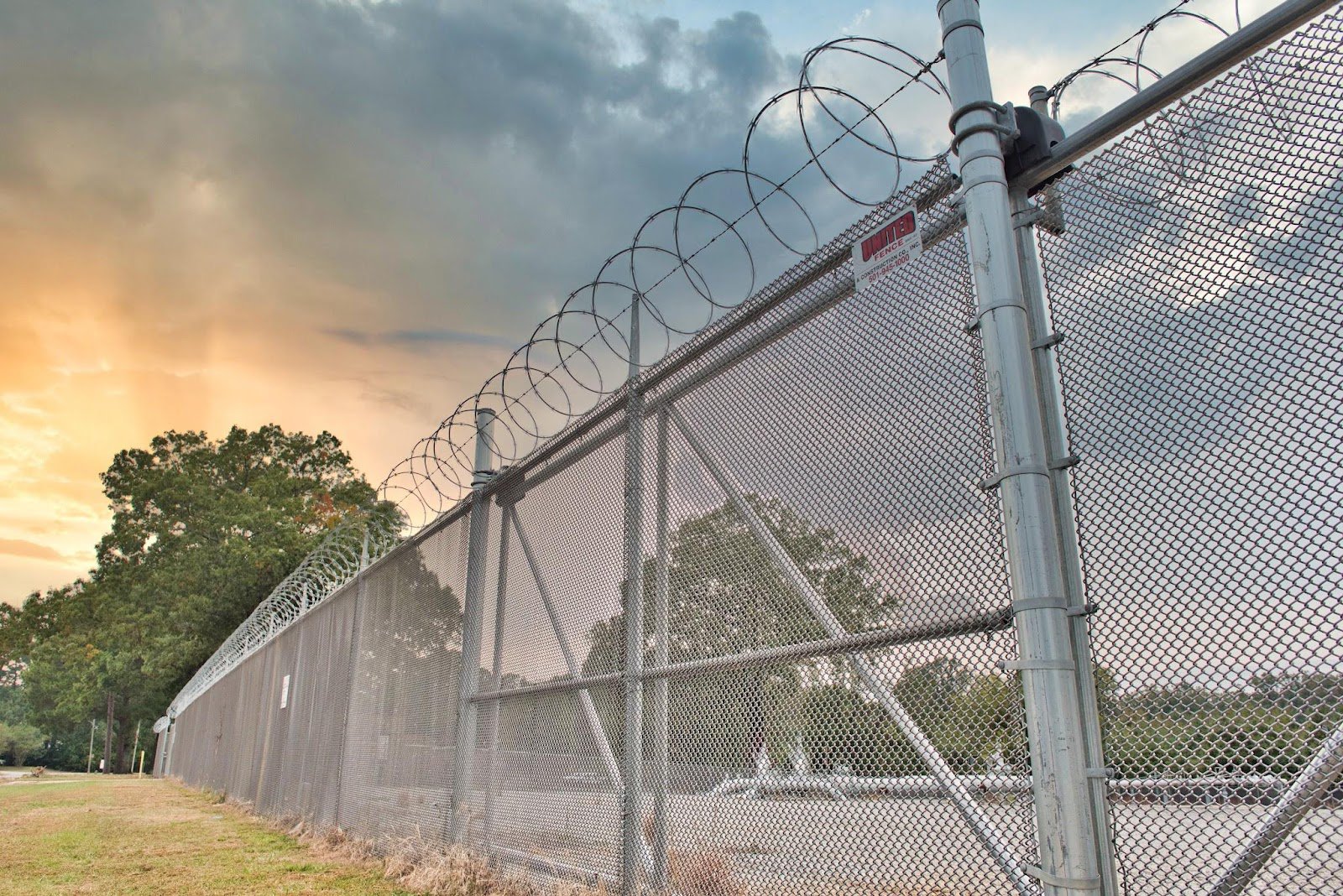All Categories
Featured
When it comes to keeping a wooden fencing, home owners usually deal with the decision of whether to repaint or stain. Both choices have their pros and disadvantages, and the option ultimately relies on your visual preferences, the kind of wood, and how much upkeep you're ready to dedicate to. Below's an in-depth comparison to help you make an educated decision.
The Fundamentals of Painting and Staining
Painting entails covering the wood with a nontransparent layer of shade. It provides full insurance coverage, hiding the wood grain while providing exceptional security versus environmental elements.
Discoloring permeates the timber, boosting its natural appeal while including a protective layer. Depending upon the kind, stains can range from clear to strong, allowing differing degrees of timber grain exposure.
Benefits And Drawbacks of Painting
Pros:
Wide Variety of Color styles: Repaint offers limitless shade options, allowing you to match your fencing to your home's exterior or personal design.
Longer Enduring: Top notch exterior paint can last as much as 5-7 years, needing much less regular reapplication.
Superior Security: Paint types a thick, solid obstacle versus moisture, UV rays, and pests.
Cons:
Fracturing and peeling off: With time, paint can peel or fracture, particularly in locations with extreme weather.
Hides Natural Timber Appeal: If you like the all-natural grain of wood, paint may not be the most effective choice.
Higher Maintenance: Repainting calls for scratching off the old paint, which can be labor-intensive.
![]()
Benefits And Drawbacks of Staining
Pros:
Natural Appearance: Spots preserve and enhance the all-natural elegance of the timber, making it ideal for top notch hardwood like cedar or redwood.
Easier to Reapply: Unlike paint, stains do not peel off or fracture. Reapplying discolor usually requires much less surface preparation.
Flexible End Up Choices: Spots come in transparent, semi-transparent, and solid varieties, providing different degrees of protection.
Disadvantages:
![]()
Much Shorter Lifespan: Discolorations, semi-transparent and especially transparent ones, might need reapplication every 2-3 years.
Restricted Color Alternatives: While stains supply all-natural tones, they do not have the wide shade scheme available with paint.
Less Safety: Stains permeate the wood yet do not supply as thick a barrier as paint, making them slightly less protective against severe climate.
Aspects to Take Into Consideration
Aesthetic Preferences: If you want vivid colors and complete coverage, paint is the method to go. For a rustic and all-natural look, select discolor.
Wood Kind: Top notch timbers with beautiful grains gain from discoloration, while lower-grade woods can be painted for a polished appearance.
![]()
Environment: In damp or wet environments, paint's thicker obstacle might supply better protection. In moderate or completely dry climates, discolorations can be sufficient.
Upkeep Commitment: Paint includes less frequent reapplication but even more initiative throughout touch-ups. Staining needs normal maintenance however is less complicated to handle.
Final Ideas
Both paint and staining can effectively protect and improve your wood fence. The most effective alternative relies on your top priorities, whether they favor aesthetics, toughness, or ease of upkeep. By comprehending the benefits and downsides of each, you can select the surface that straightens with your needs and ensures your fencing stays a standout function of your residential or commercial property for many years to find.
The Fundamentals of Painting and Staining
Painting entails covering the wood with a nontransparent layer of shade. It provides full insurance coverage, hiding the wood grain while providing exceptional security versus environmental elements.
Discoloring permeates the timber, boosting its natural appeal while including a protective layer. Depending upon the kind, stains can range from clear to strong, allowing differing degrees of timber grain exposure.
Benefits And Drawbacks of Painting
Pros:
Wide Variety of Color styles: Repaint offers limitless shade options, allowing you to match your fencing to your home's exterior or personal design.
Longer Enduring: Top notch exterior paint can last as much as 5-7 years, needing much less regular reapplication.
Superior Security: Paint types a thick, solid obstacle versus moisture, UV rays, and pests.
Cons:
Fracturing and peeling off: With time, paint can peel or fracture, particularly in locations with extreme weather.
Hides Natural Timber Appeal: If you like the all-natural grain of wood, paint may not be the most effective choice.
Higher Maintenance: Repainting calls for scratching off the old paint, which can be labor-intensive.

Benefits And Drawbacks of Staining
Pros:
Natural Appearance: Spots preserve and enhance the all-natural elegance of the timber, making it ideal for top notch hardwood like cedar or redwood.
Easier to Reapply: Unlike paint, stains do not peel off or fracture. Reapplying discolor usually requires much less surface preparation.
Flexible End Up Choices: Spots come in transparent, semi-transparent, and solid varieties, providing different degrees of protection.
Disadvantages:

Much Shorter Lifespan: Discolorations, semi-transparent and especially transparent ones, might need reapplication every 2-3 years.
Restricted Color Alternatives: While stains supply all-natural tones, they do not have the wide shade scheme available with paint.
Less Safety: Stains permeate the wood yet do not supply as thick a barrier as paint, making them slightly less protective against severe climate.
Aspects to Take Into Consideration
Aesthetic Preferences: If you want vivid colors and complete coverage, paint is the method to go. For a rustic and all-natural look, select discolor.
Wood Kind: Top notch timbers with beautiful grains gain from discoloration, while lower-grade woods can be painted for a polished appearance.

Environment: In damp or wet environments, paint's thicker obstacle might supply better protection. In moderate or completely dry climates, discolorations can be sufficient.
Upkeep Commitment: Paint includes less frequent reapplication but even more initiative throughout touch-ups. Staining needs normal maintenance however is less complicated to handle.
Final Ideas
Both paint and staining can effectively protect and improve your wood fence. The most effective alternative relies on your top priorities, whether they favor aesthetics, toughness, or ease of upkeep. By comprehending the benefits and downsides of each, you can select the surface that straightens with your needs and ensures your fencing stays a standout function of your residential or commercial property for many years to find.
Latest Posts
Learn About Best Car Repair Services offered by Montclare Auto Repair – Drive with Confidence
Published en
1 min read
The Benefits of Regular Auto Maintenance at Montclare Auto Repair Keeps Your Wallet Happy
Published en
1 min read
Selecting the Right Roof Color: Effect On Energy Performance
Published en
1 min read
More
Latest Posts
Learn About Best Car Repair Services offered by Montclare Auto Repair – Drive with Confidence
Published May 29, 25
1 min read
The Benefits of Regular Auto Maintenance at Montclare Auto Repair Keeps Your Wallet Happy
Published May 27, 25
1 min read
Selecting the Right Roof Color: Effect On Energy Performance
Published May 22, 25
1 min read